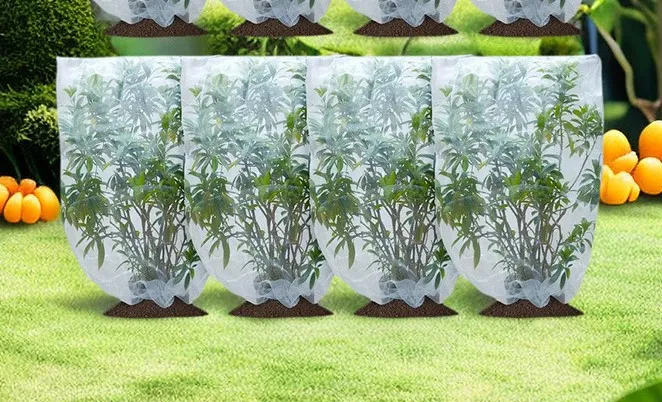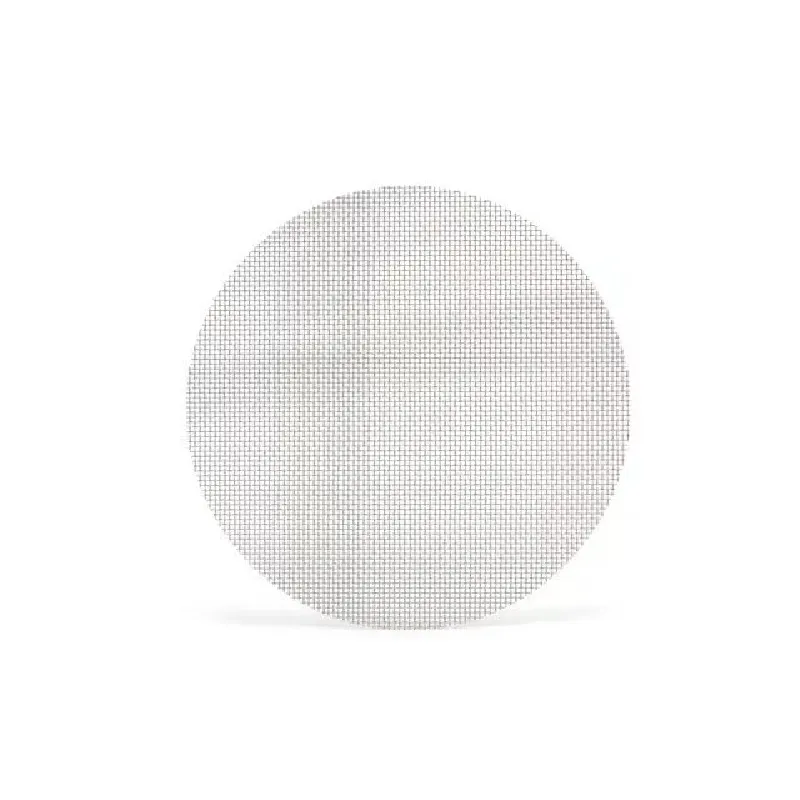-
 Afrikaans
Afrikaans -
 Albanian
Albanian -
 Amharic
Amharic -
 Arabic
Arabic -
 Armenian
Armenian -
 Azerbaijani
Azerbaijani -
 Basque
Basque -
 Belarusian
Belarusian -
 Bengali
Bengali -
 Bosnian
Bosnian -
 Bulgarian
Bulgarian -
 Catalan
Catalan -
 Cebuano
Cebuano -
 China
China -
 Corsican
Corsican -
 Croatian
Croatian -
 Czech
Czech -
 Danish
Danish -
 Dutch
Dutch -
 English
English -
 Esperanto
Esperanto -
 Estonian
Estonian -
 Finnish
Finnish -
 French
French -
 Frisian
Frisian -
 Galician
Galician -
 Georgian
Georgian -
 German
German -
 Greek
Greek -
 Gujarati
Gujarati -
 Haitian Creole
Haitian Creole -
 hausa
hausa -
 hawaiian
hawaiian -
 Hebrew
Hebrew -
 Hindi
Hindi -
 Miao
Miao -
 Hungarian
Hungarian -
 Icelandic
Icelandic -
 igbo
igbo -
 Indonesian
Indonesian -
 irish
irish -
 Italian
Italian -
 Japanese
Japanese -
 Javanese
Javanese -
 Kannada
Kannada -
 kazakh
kazakh -
 Khmer
Khmer -
 Rwandese
Rwandese -
 Korean
Korean -
 Kurdish
Kurdish -
 Kyrgyz
Kyrgyz -
 Lao
Lao -
 Latin
Latin -
 Latvian
Latvian -
 Lithuanian
Lithuanian -
 Luxembourgish
Luxembourgish -
 Macedonian
Macedonian -
 Malgashi
Malgashi -
 Malay
Malay -
 Malayalam
Malayalam -
 Maltese
Maltese -
 Maori
Maori -
 Marathi
Marathi -
 Mongolian
Mongolian -
 Myanmar
Myanmar -
 Nepali
Nepali -
 Norwegian
Norwegian -
 Norwegian
Norwegian -
 Occitan
Occitan -
 Pashto
Pashto -
 Persian
Persian -
 Polish
Polish -
 Portuguese
Portuguese -
 Punjabi
Punjabi -
 Romanian
Romanian -
 Russian
Russian -
 Samoan
Samoan -
 Scottish Gaelic
Scottish Gaelic -
 Serbian
Serbian -
 Sesotho
Sesotho -
 Shona
Shona -
 Sindhi
Sindhi -
 Sinhala
Sinhala -
 Slovak
Slovak -
 Slovenian
Slovenian -
 Somali
Somali -
 Spanish
Spanish -
 Sundanese
Sundanese -
 Swahili
Swahili -
 Swedish
Swedish -
 Tagalog
Tagalog -
 Tajik
Tajik -
 Tamil
Tamil -
 Tatar
Tatar -
 Telugu
Telugu -
 Thai
Thai -
 Turkish
Turkish -
 Turkmen
Turkmen -
 Ukrainian
Ukrainian -
 Urdu
Urdu -
 Uighur
Uighur -
 Uzbek
Uzbek -
 Vietnamese
Vietnamese -
 Welsh
Welsh -
 Bantu
Bantu -
 Yiddish
Yiddish -
 Yoruba
Yoruba -
 Zulu
Zulu
Feb . 06, 2025 06:37
Back to list
Garden Netting Plastic Mesh Net HDPE Anti Aphid Net
Plastic netting mesh has steadily increased in popularity due to its versatility and wide array of applications. As industries and individual consumers seek solutions that offer both practicality and innovation, the demand for this unique material has soared. However, not much is commonly known about the depth of its benefits and potential uses.
Trustworthiness is another pillar where plastic netting mesh excels. Regulatory bodies and quality assurance organizations have certified many of its forms, ensuring that consumers receive products that adhere to industry standards. These certifications are critical in industries where failure to comply can lead to severe safety hazards. Environmental safety is further assured, with many manufacturers committed to producing recyclable mesh that minimizes ecological impact. This commitment to sustainability assures consumers of the product’s long-term feasibility and ethical production practices. In practical applications, home renovators use plastic netting mesh for its impressive utility in projects such as reinforcing freshly laid concrete floors or as support structures in insulation systems. This adaptability, combined with its lightweight nature, reduces the time and effort required for manual labor, offering a more seamless construction experience. Users have often found that integrating plastic netting in home improvement projects results in sturdier and more durable finishes. To sum up, plastic netting mesh combines innovation with practicality across a broad spectrum of industries. Its consistent performance and adaptability make it a favorite among professionals and DIY enthusiasts alike. As we continue to explore its potential, it is clear that plastic netting mesh is not merely a tool but an essential resource that embodies experience, expertise, authoritativeness, and trustworthiness. Its evolving applications and unwavering reliability are bound to keep it at the forefront of material solutions for years to come.


Trustworthiness is another pillar where plastic netting mesh excels. Regulatory bodies and quality assurance organizations have certified many of its forms, ensuring that consumers receive products that adhere to industry standards. These certifications are critical in industries where failure to comply can lead to severe safety hazards. Environmental safety is further assured, with many manufacturers committed to producing recyclable mesh that minimizes ecological impact. This commitment to sustainability assures consumers of the product’s long-term feasibility and ethical production practices. In practical applications, home renovators use plastic netting mesh for its impressive utility in projects such as reinforcing freshly laid concrete floors or as support structures in insulation systems. This adaptability, combined with its lightweight nature, reduces the time and effort required for manual labor, offering a more seamless construction experience. Users have often found that integrating plastic netting in home improvement projects results in sturdier and more durable finishes. To sum up, plastic netting mesh combines innovation with practicality across a broad spectrum of industries. Its consistent performance and adaptability make it a favorite among professionals and DIY enthusiasts alike. As we continue to explore its potential, it is clear that plastic netting mesh is not merely a tool but an essential resource that embodies experience, expertise, authoritativeness, and trustworthiness. Its evolving applications and unwavering reliability are bound to keep it at the forefront of material solutions for years to come.
Next:
Latest news
-
Shipping Plastic Bags for Every NeedNewsJul.24,2025
-
Safety Netting: Your Shield in ConstructionNewsJul.24,2025
-
Plastic Mesh Netting for Everyday UseNewsJul.24,2025
-
Nylon Netting for Every UseNewsJul.24,2025
-
Mesh Breeder Box for Fish TanksNewsJul.24,2025
-
Expanded Steel Mesh Offers Durable VersatilityNewsJul.24,2025











